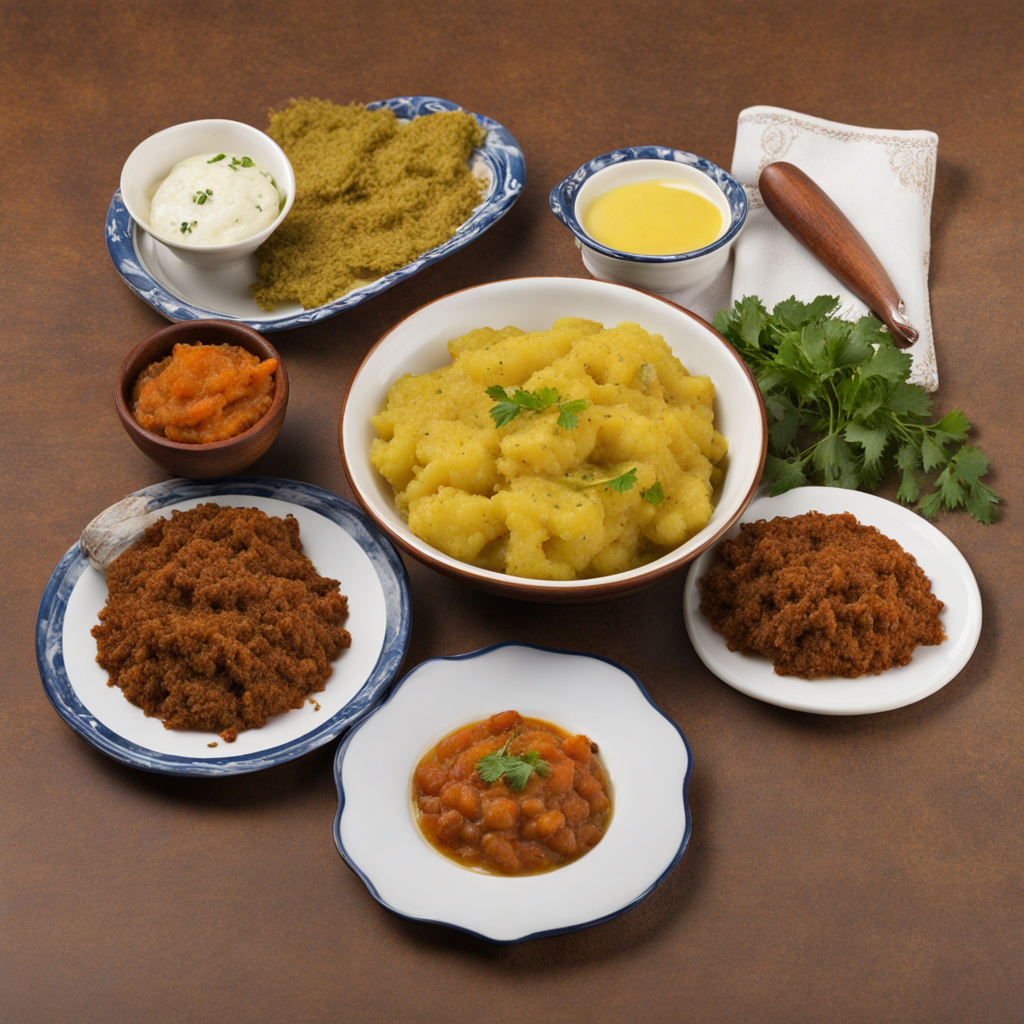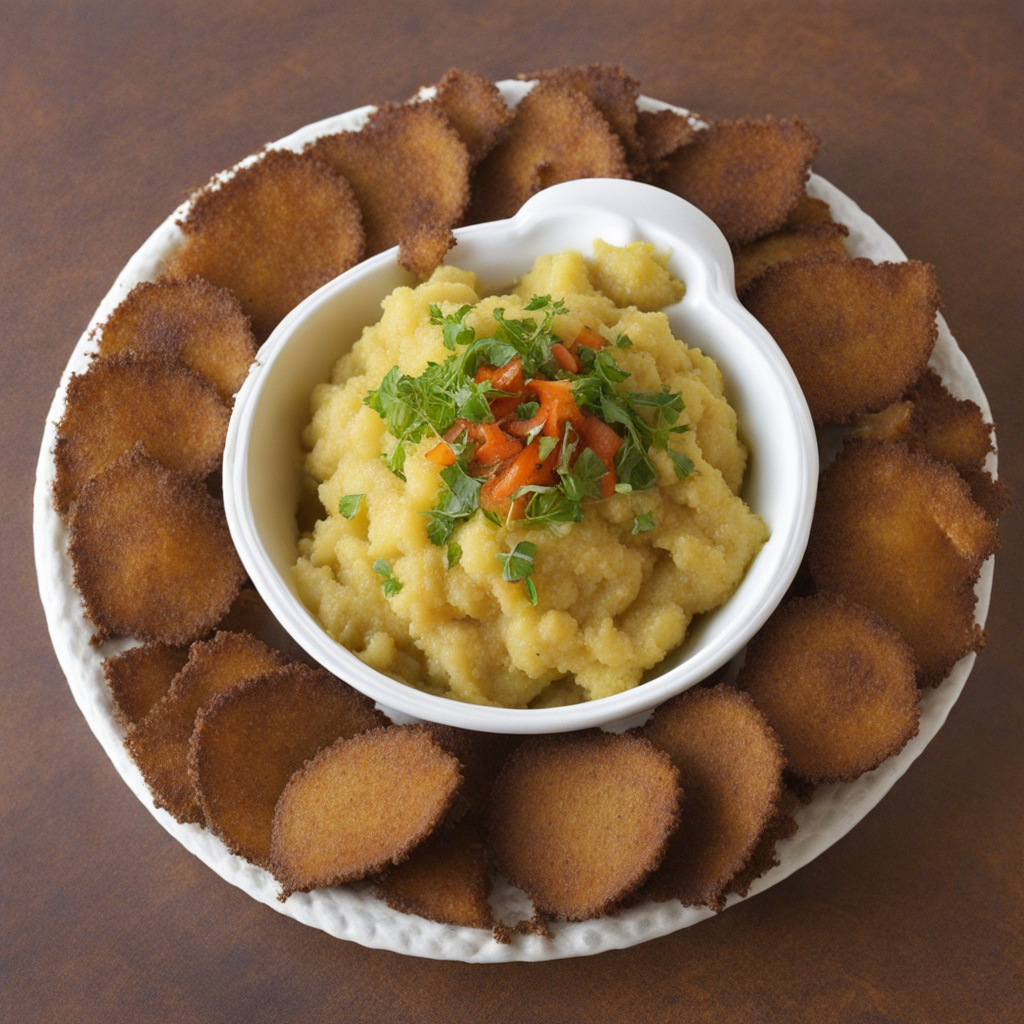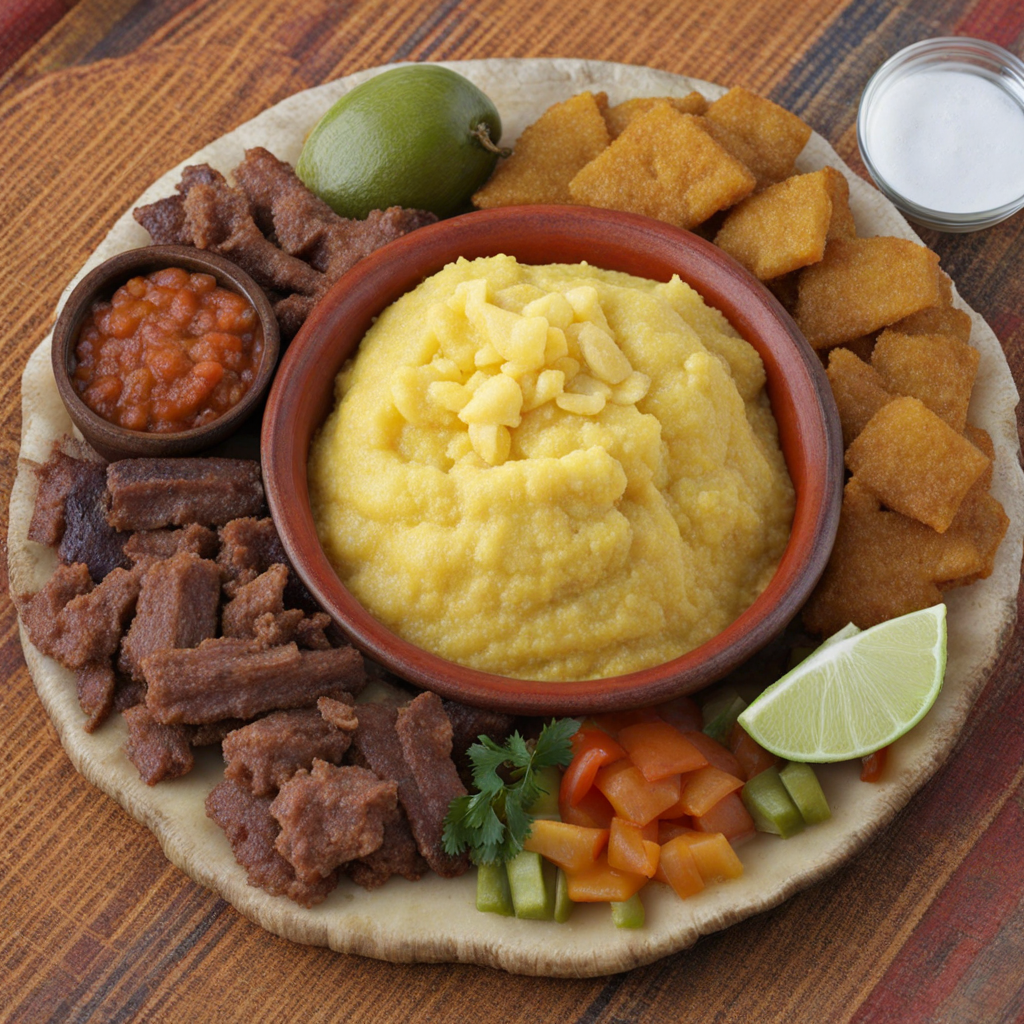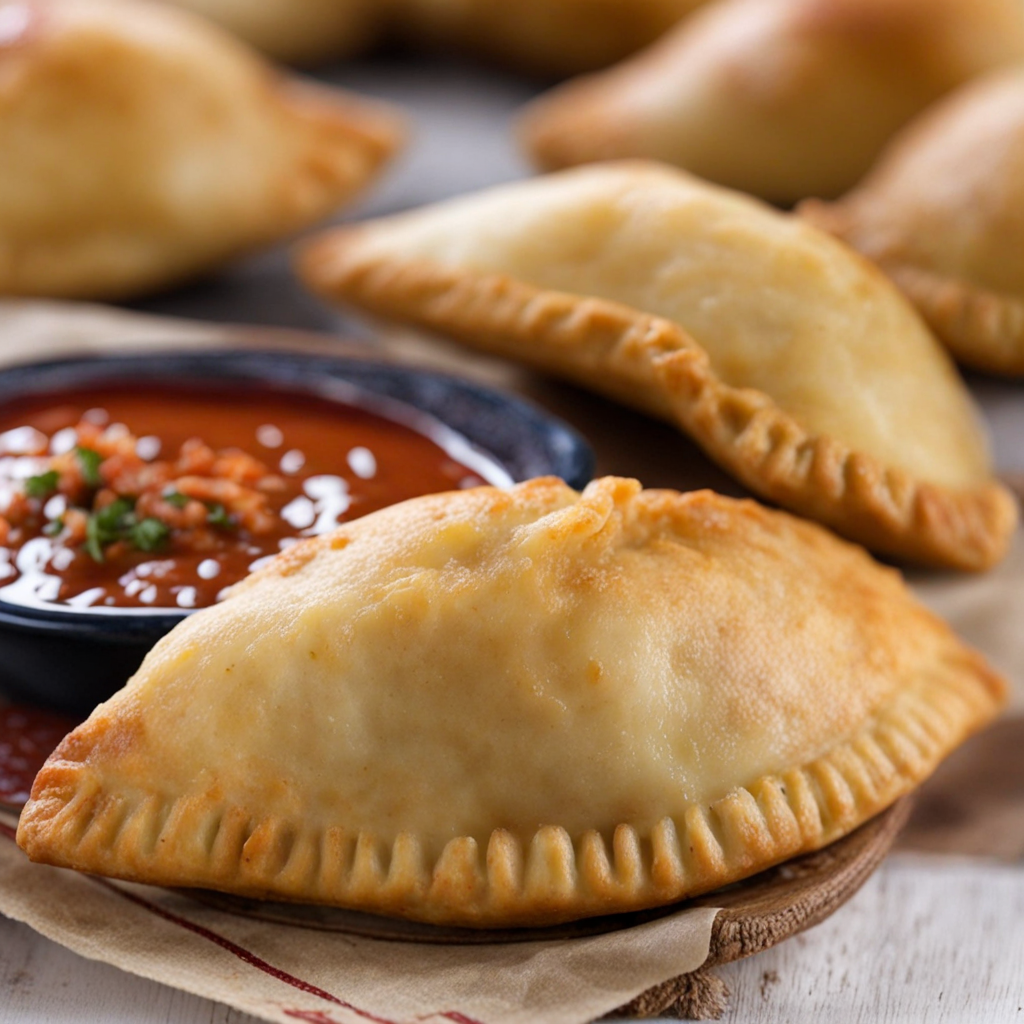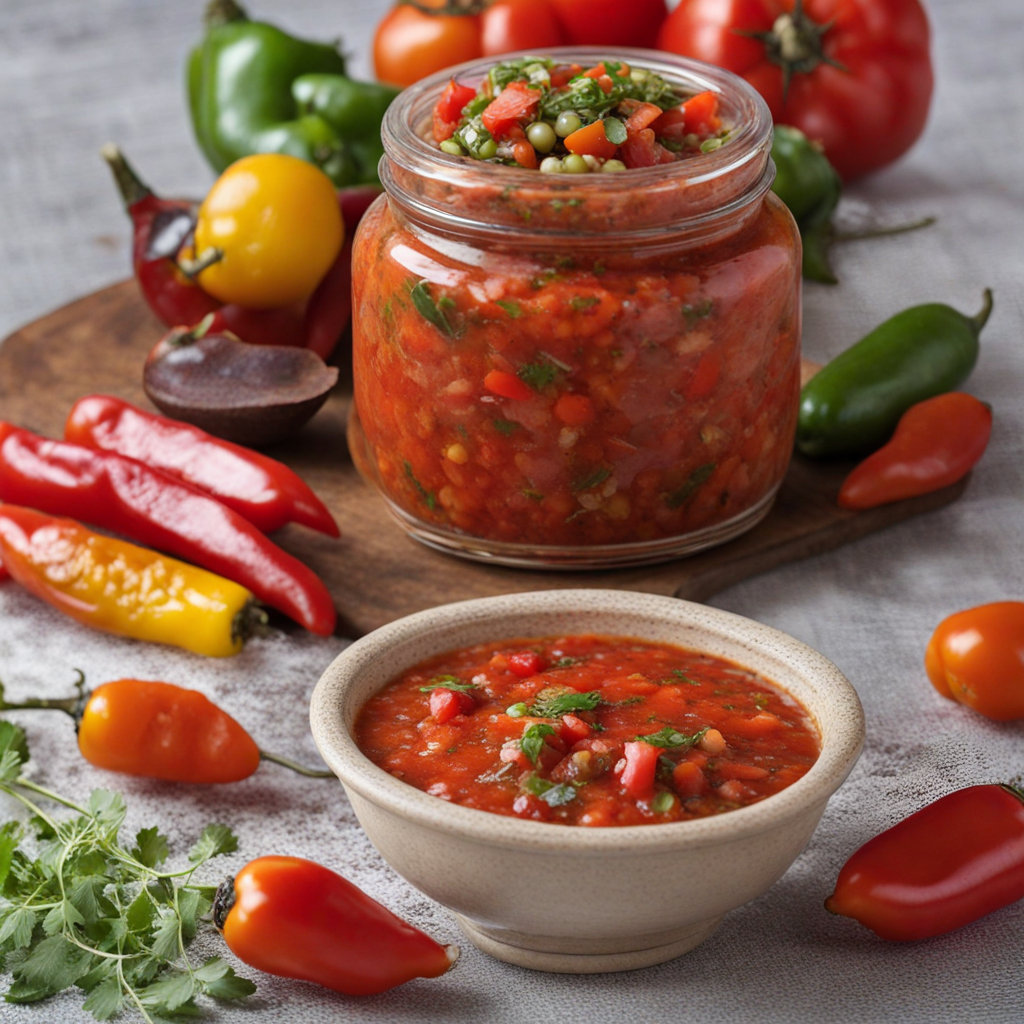Chuño Phuti
Chuño Phuti is a traditional Bolivian dish that beautifully marries the unique flavors of freeze-dried potatoes known as chuño with a variety of other ingredients. The chuño itself is made from Andean potatoes that undergo a traditional process of freezing at high altitudes and then dehydrating, resulting in a versatile ingredient with a distinctive texture and earthy taste. When prepared in Chuño Phuti, these potatoes are typically rehydrated and combined with an array of local ingredients, creating a hearty dish that reflects the rich agricultural heritage of Bolivia. In its preparation, Chuño Phuti often features a medley of ingredients such as onions, garlic, and spices that infuse the dish with a vibrant flavor profile. The dish may also include meat options like beef or chicken, which add depth and protein, making it a satisfying meal. The combination of the chewy chuño with tender meat and aromatic seasonings creates a delightful contrast that tantalizes the palate, inviting eaters to explore the rustic, yet rich culinary traditions of the Andes. This dish is not only a feast for the taste buds but also a celebration of Bolivian culture and its connection to the land. Served warm, Chuño Phuti is often enjoyed during communal gatherings and festive occasions, highlighting the importance of sharing food in Bolivian society. With every bite, one can savor the history and resilience of the Andean people, making Chuño Phuti a remarkable culinary experience that promises to transport you to the heart of Bolivia.
How It Became This Dish
The History of Chuño Phuti: A Culinary Treasure of Bolivia Nestled high in the Andes Mountains, Bolivia is home to a rich tapestry of culinary traditions that reflect the diverse cultures and environments of this landlocked nation. Among the many unique foods that embody Bolivian heritage, Chuño Phuti stands out as a remarkable testament to the ingenuity of the indigenous peoples and their deep connection to the land. This ancient food showcases not only the sophisticated agricultural practices of the Andean civilizations but also their resilience and resourcefulness in the face of environmental challenges. #### Origins of Chuño Phuti The origins of Chuño Phuti can be traced back to the ancient civilizations of the Andes, particularly the Aymara and Quechua peoples, who have cultivated potatoes for thousands of years. Archaeological evidence suggests that potatoes were domesticated in the region over 7,000 years ago, making them one of the oldest cultivated crops in the world. The harsh climate and high altitude of the Andean region posed significant challenges for agriculture, necessitating innovative food preservation techniques. The preparation of Chuño Phuti begins with the harvesting of native potato varieties, which are often smaller and more resilient than the commercial varieties found in global markets. The process of making Chuño involves exposing the potatoes to freezing temperatures at night and then to the sun during the day, a method that takes advantage of the extreme temperature fluctuations typical of the Andean highlands. The freezing causes the water inside the potatoes to expand and rupture the cell walls, while the sun desiccates them, resulting in a dehydrated product that can be stored for long periods. This simple yet effective method of preservation allowed the indigenous peoples to create a food source that could withstand the harsh winter months and periods of drought or crop failure. Chuño also provided vital sustenance for travelers and those living in remote areas, making it an essential component of Andean life. #### Cultural Significance Chuño Phuti is more than just a food; it is a symbol of cultural identity and resilience for the Aymara and Quechua peoples. The word "chuño" itself derives from the Aymara language, and its preparation is steeped in tradition, often passed down through generations. It is commonly used in a variety of dishes, showcasing its versatility in Bolivian cuisine. In many Andean communities, Chuño Phuti is more than a staple food; it is also a part of rituals and celebrations. It is often incorporated into traditional dishes served during festivals and communal gatherings, reinforcing social bonds and cultural heritage. The preparation of Chuño is often communal, with families and neighbors coming together to harvest, freeze, and dry the potatoes, fostering a sense of unity and cooperation. Furthermore, Chuño Phuti has been recognized for its nutritional value. Rich in carbohydrates, it provides a sustained source of energy, which is particularly important for the physically demanding lifestyles of those living in the highlands. Its long shelf life makes it an ideal food for storage, ensuring that communities have access to sustenance even in times of scarcity. #### Development Over Time As Bolivia underwent significant social, political, and economic changes, so too did the role and perception of Chuño Phuti. During the Spanish colonization in the 16th century, the introduction of new agricultural practices and crops altered traditional food systems. While the Spanish sought to impose their culinary customs, indigenous communities retained their food practices, blending old and new techniques to adapt to changing circumstances. In the centuries that followed, the cultivation of potatoes and the production of Chuño Phuti became intertwined with the identity of Bolivian indigenous communities. The rise of nationalism in the 20th century brought renewed interest in indigenous cultures, leading to a resurgence in the appreciation of traditional foods. Chuño Phuti began to be recognized not only as a vital food source but also as a cultural emblem, symbolizing the resilience and adaptability of indigenous peoples. In contemporary Bolivia, Chuño Phuti has experienced a renaissance. Chefs and food enthusiasts are rediscovering this ancestral ingredient, incorporating it into modern dishes that celebrate Bolivian culinary heritage. Restaurants in urban areas are beginning to feature Chuño in innovative ways, combining it with local ingredients to create contemporary interpretations of traditional fare. This revival not only honors the past but also provides economic opportunities for rural communities engaged in its production. The growing interest in sustainable and heritage foods has also led to initiatives aimed at preserving traditional agricultural practices and promoting native potato varieties. Non-governmental organizations and local cooperatives are working with farmers to maintain biodiversity and ensure the continued cultivation of Chuño, recognizing its importance in both culinary and ecological contexts. In recent years, the global food movement has also begun to take notice of Chuño Phuti. As people become more interested in the stories behind the foods they consume, Chuño has garnered attention for its unique history and cultural significance. This has opened up new avenues for Bolivian cuisine on the international stage, allowing for a greater appreciation of its diverse flavors and traditions. #### Conclusion Chuño Phuti is a remarkable culinary artifact that encapsulates the history, culture, and resilience of the Andean peoples. From its ancient origins as a vital food source in the highlands to its contemporary revival in urban gastronomy, Chuño has evolved while remaining deeply rooted in tradition. It represents the ingenuity of indigenous communities in adapting to their environment and preserving their cultural heritage through food. As Bolivia continues to navigate the complexities of modernity, Chuño Phuti stands as a reminder of the importance of food in shaping identity and community. It is a testament to the enduring spirit of those who have cultivated the land for centuries, ensuring that their traditions and flavors continue to thrive in the face of change. Through Chuño, we are not only nourished but also connected to a rich history that transcends time and space, celebrating the profound relationship between people, food, and the land.
You may like
Discover local flavors from Bolivia


